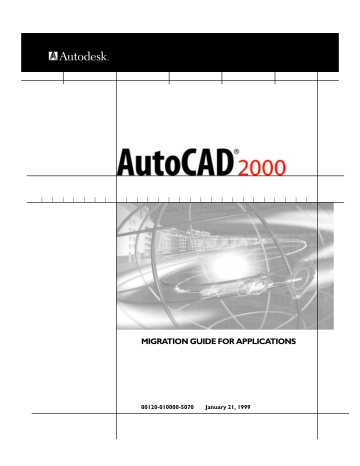

Specific events can be enabled by checking the toggle in front of its name in the event list. It also displays a complete event handler skeleton function that opens a message box warning that the event handler has not yet been completed.Įither the function name or the event handler skeleton function can be selected for copying and pasting into the application's AutoLISP code. In OpenDCL Studio, the property pane's events tab displays the selected event handler function name in a text box below the event list for the selected control.
#AUTOCAD LISP GET VARIABLE FROM CLIPBOARD WINDOWS#
Pressing the Copy-To-Clipboard button copies the function signature to the Windows clipboard. Selecting a property, method, or event from the list displays syntax and reference documentation in the control browser's main frame. The control browser's context sensitive function signatures include the correct control handle for the selected control, thus minimizing typographical errors.

In addition, the control browser makes it easy to copy function signatures to the Windows clipboard for pasting directly into AutoLISP code. Scott Fahlman Richard P.The OpenDCL Studio control browser provides a context sensitive reference of all supported properties, methods, and events for a specific control.

Lisp machines TI Explorer Space-cadet keyboard. Automatic storage management Conditionals Dynamic typing Higher-order functions Linked lists M-expressions deprecated Read-eval-print loop Recursion S-expressions Self-hosting compiler Tree data structures. Retrieved 14 April Archived from the original on 15 April Archived from the original on Autodesk AutoCAD. The above example could also be written using built-in AutoCAD commands to achieve the same result, however this approach is susceptible to changes to the command prompts between AutoCAD releases. The function requires no parametersand contains one local variable 'pnt'. The function would then place a marker at that point, and create a one-line text object next to it, containing the X and Y coordinates of the point expressed relative to the active User Coordinate System UCS. The user, upon typing 'pointlabel' at the AutoCAD command line, would be prompted to pick a point, either by typing the X and Y coordinates, or clicking a location in the drawing.

The name of the function includes a special prefix 'c:', which causes AutoCAD to recognize the function as a regular command.
#AUTOCAD LISP GET VARIABLE FROM CLIPBOARD CODE#
The above code defines a new function which generates an AutoCAD point object at a given point, with a one-line text object displaying the X and Y coordinates beside it. Therefore, without the final call to the princ function, the result of this would be. Note the final line inside the function definition: when evaluated with no arguments, the princ function returns a null symbol, which is not displayed by the AutoCAD command-line interface. This is part of a long-term process of changing from VBA to. However, it has remained AutoCAD's main user customizing language. AutoLISP Tutorial - Using TBLSEARCH FunctionĪfter that, its development was neglected by Autodesk in favor of more fashionable development environments like Visual Basic for Applications VBA. AutoLISP code can interact with the user through AutoCAD's graphical editor by use of primitive functions that allow the user to pick points, choose objects on screen, and input numbers and other data. The properties of these graphical entities are revealed to AutoLISP as association lists in which values are paired with AutoCAD group codes that indicate properties such as definitional points, radii, colors, layers, linetypes, etc. AutoLISP is a small, dynamically scopeddynamically typed Lisp language dialect with garbage collectionimmutable list structure, and settable symbols, lacking in such regular Lisp features as macro system, records definition facilities, arrays, functions with variable number of arguments or let bindings.


 0 kommentar(er)
0 kommentar(er)
